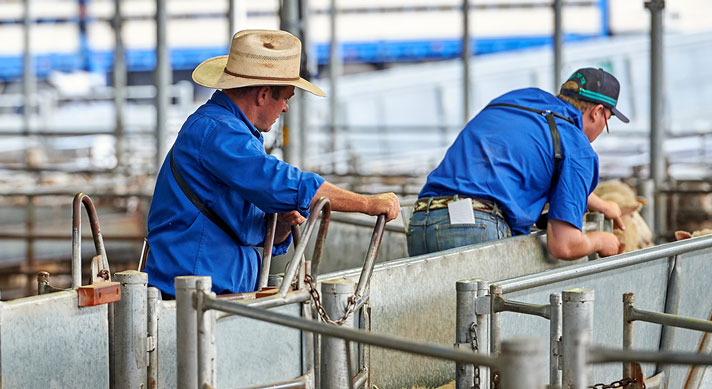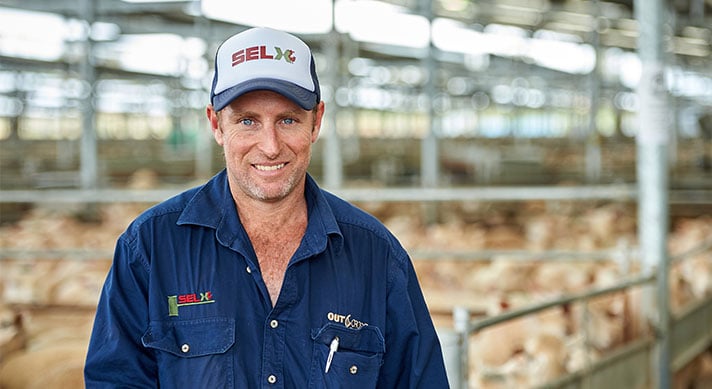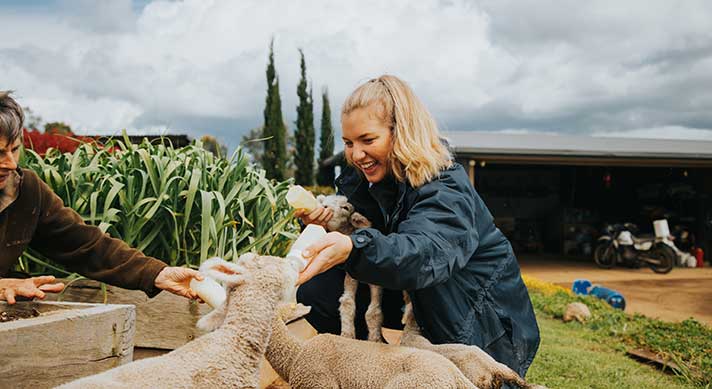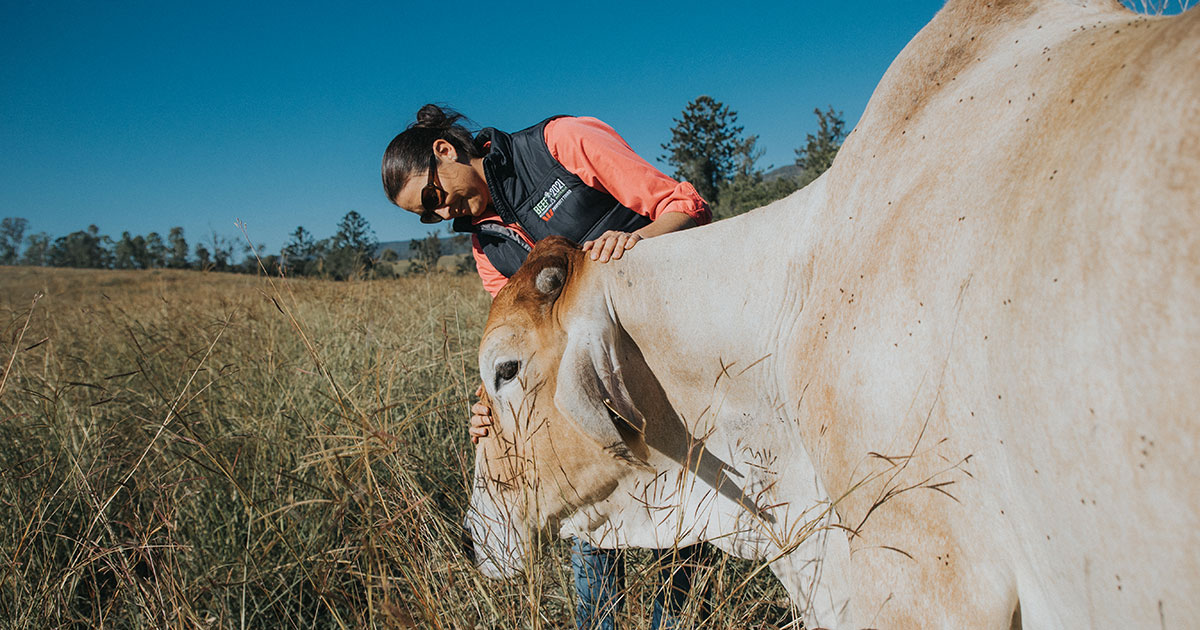
To keep livestock healthy and safe, it’s important to understand your responsibilities regarding animal welfare, pain relief and state regulations when conducting procedures which cause pain (e.g. ear tagging, branding, mulesing, dehorning etc).
Integrity Systems Company has compiled this resource to inform Australian producers of the latest animal husbandry ‘best practices’ and guidelines.
Animal welfare guidelines
The Australian Animal Welfare Standards and Guidelines were developed for cattle, sheep and goats, and cover producers’ responsibilities in relation to animal welfare. Generally, the Standards include requirements relating to:
- feed and water
- risk management in extreme weather, natural disasters, disease, injury and predation
- facilities and equipment
- handling and management/husbandry
- castration, dehorning and spaying
- breeding management
- tail docking
- mulesing.
The Standards and Guidelines were developed to harmonise and streamline livestock welfare legislation in Australia, resulting in improved welfare in a way that is practical.
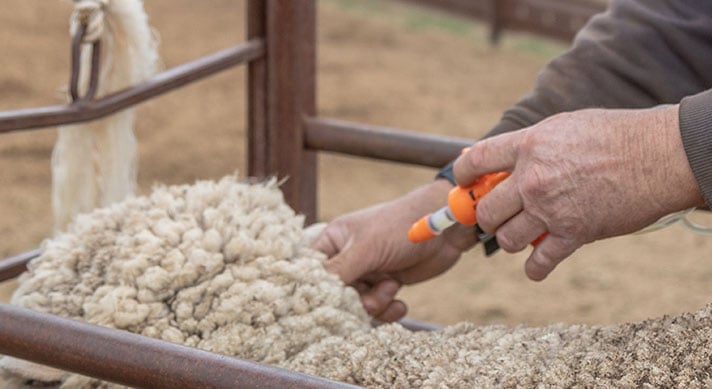
Best practice cattle branding
Cattle must be branded when they are offered for sale in Queensland. In all other states and territories, branding cattle is optional.
There are several recommended practices that should be observed when hot-iron branding cattle:
- Hot-iron branding of wet, weak, or extremely thin cattle should be avoided.
- The correct time period of application and temperature of the iron should be used.
- Care should be taken with the application of pour-on treatments when hot-iron branding or applying an electric prodder.
View the Meat and Livestock Australia (MLA) web page on branding.
Best practice sheep mulesing
In circumstances where mulesing is necessary for the long-term welfare of sheep, it must be done in a manner that minimises impact, including:
- a person performing mulesing having relevant knowledge, experience and skills
- not mulesing a sheep less than 24 hours old or more than 12 months old
- using appropriate pain relief, particularly for sheep between 6-12 months (pain relief is mandatory in Victoria and recommended in all other states and territories)
- not mulesing weak or diseased sheep
- using good hygiene practices
- planning mulesing times for lamb age, appropriate weather and location
- only removing wool-bearing skin.
Alternative options for breech strike prevention should be considered before undertaking mulesing, including:
- selection for resistant conformation
- culling susceptible sheep
- clips
- crutching
- chemicals for flystrike prevention
- internal parasite control.
View the MLA web page on mulesing.
Best practice castration, disbudding and dehorning
Castration, disbudding and dehorning should only be done when necessary, and in a manner that minimises the risk to welfare, particularly pain and distress. For all livestock, this includes:
- a person performing castration, disbudding and or dehorning must have relevant knowledge, experience and skills
- using appropriate tools and methods to dehorn and disbud
- planning dehorning and castration times in relation to age, appropriate weather, fly activity and location
- using good hygiene practices
- not conducting operations on weak or diseased livestock
- regular post-operation inspections to see healing.
For sheep and goats, this also includes not castrating or dehorning sheep or goats older than six months old without appropriate pain relief.
For cattle, this includes ensuring the use of appropriate pain relief when castrating cattle, unless cattle are less than six months old.
Chemicals, elastrator rings or scoop dehorners must not be used when dehorning or disbudding.
Alternative methods and preferences should be taken into consideration before castrating, disbudding and dehorning, including:
- breeding of naturally polled livestock
- hot-iron cautery (for sheep and goats)
- horn tipping
- horn trimming.
View the MLA web page on dehorning and disbudding.
Animal welfare under LPA
Under the Livestock Production Assurance (LPA) program, on-farm systems are implemented to ensure the management of livestock is consistent with the requirements of the Australian Animal Welfare Standards and Guidelines for cattle, sheep and goats. This provides customers with the evidence they seek that livestock have been treated responsibly across numerous categories, including biosecurity, property risk and pasture treatments.
To ensure the handling of livestock is consistent with the requirements of the Australian Animal Welfare Standards and Guidelines for cattle, sheep and goats (as applicable), livestock producers are required to:
- Have a current copy of the ‘Australian Animal Welfare Standards and Guidelines’ for cattle, sheep or goats (as applicable to your property) accessible as a reference.
- Ensure the PIC representative or person responsible for the management of livestock has successfully completed training in relation to the Australian Animal Welfare Standards and Guidelines (complete the LPA Learning Module on Animal Welfare to generate a certificate of completion)
- Ensure staff involved in animal husbandry are familiar with the content of the current version of the Standards and Guidelines for cattle, sheep and/or goats (as applicable).
Australian livestock producers are committed to their responsibilities for correct animal welfare practices – and this livestock care is fundamental to the success and sustainability of every farm across the country.
More information
- MLA Producer Demonstration Sites search tool to find reports on topics such as mulesing
Related
